Emily Spivack’s Sartorial Storytelling
6 years ago by
Emily Spivack did not begin her career obsessed with fashion. She did not follow the every move of designers nor the minutiae of street-style trends.
She is, however, fascinated with clothes. Specifically, with our clothing’s ability to tell stories, to hold memory, to convey identity, to transmute lived experience into tangible things.
Through this particular fascination, Emily has carved out a niche for her career at the intersections of history, art-making, curation, cultural studies, psychology, design, and yes, fashion.
She is the author of two best-selling books (Worn Stories and Worn in New York), a columnist for The New York Times (it’s called “The Story of a Thing” and it’s amazing), the creator of countless internet archives, the mastermind behind the “Medium White Tee” art installation dedicated to President Obama, and so much more.
To say that I’m an admirer of her work is an understatement.
In college, after turning in the culminating paper of my undergrad research that sought to demonstrate how clothing functions to mark and mediate social class boundaries, my best friend gifted me a book in congratulations. The book happened to be Emily Spivack’s Worn Stories. Ironically enough, I’d even cited some of her work in my paper.
So, having the chance to spend a rainy morning with Emily at her neighborhood coffeeshop, picking her brain on all things fashion (with a lower-case “f”!) felt like a full-circle moment and a true treat.
Linne: Let’s start by talking about your career path. What did you study in school and how did it lead you here?
Emily: In college, I studied Art Semiotics and Art Theory. I was making art. My background is definitely more in art. When I was in college, I had an internship with a fashion designer–I tried things that were in more of a traditional fashion realm, but it never felt right to me.
Actually, when I was in college, I started a non-profit that helped women with Cancer deal with body image issues by using clothing as a wellness tool. So, I’ve always had this interest in clothing as a tool. When I was younger, I’d go to thrift stores and use clothing as a way to express myself. But, the traditional ways of looking at fashion just didn’t quite work for me. I think that prompted me to figure out how I wanted to interact and engage with it differently.
Career wise, there were also moments in time when I was not doing anything related to clothing. I was involved in social entrepreneurship, I was creating different websites. But, while I was doing all of that, I was continuing to work nights and weekends on my own creative endeavors.
I moved to Philadelphia briefly. I started working on a project called Sentimental Value, which was one of my earliest projects that is, currently, out in the world. That started, like a lot of my work, with an interest in clothing, an obsession, going down a rabbit-hole…
I’d always been really intrigued by eBay–what people were selling on eBay–and then I became even more intrigued by the stories that people were sharing when they were selling clothing. When I’d dig deep enough, I’d find these incredible stories–in a place that was meant for financial transactions, there would be these very personal stories that would burst through the surface. People just had to share these stories!
And the questions that kept driving me were: why do they feel so compelled? Is it cathartic? Is it a marketing tool–does it help sell the thing? Are they lonely?
I just started collecting all of these stories. I wanted to see them as a collection, so I put them on a website. A lot of my work is about language and text and translation and the way that people tell their stories.
There was one story about this guy who found a lot of stockings in this converted barn where he used to be a PA shooting pornos in the 1970s. Since it was illegal, they would throw all these belongings into these hiding places. Years later, he went back to show someone, opened one of the compartments, and found all of these stockings.
I gathered this story and put it on the website. And then, I had this moment where I was like, I must own this story. I didn’t care about the actual garment, it was the story that I wanted.
That was when I started bidding on the garments and collecting them. Then, I wound up showing them in gallery settings along with the stories associated with them.
I was taking these things that were online and re-contextualizing them in different ways. It was one of the earlier moments where I took something that was pre-existing on the internet, re-contextualized it, reformatted it, made an archive for myself, and then was able to play with that archive. I think that is a mode of working that has found its way into a lot of my work.
So much of your work feels rooted in the idea of archive-making and also making archive accessible–democratizing it. That work is often hidden behind elite institutions, with curators and the academy. Your work makes a lot of that public. I’m curious about your thought process behind that…
It has evolved organically, but there are a couple of things. One of the reasons that I have been drawn back to clothing is because we all wear it. I’m not talking about fashion with a capital
“f”–we all put on clothing every day, we all engage with this thing, and walk through the world wearing clothes. It is a conduit to so many different experiences. That, in and of itself, is very accessible and democratic.
Certainly, there are many things about fashion that are not that way. But, we are sitting here in this cafe, watching people walk by–everyone is wearing something and they made that decision to put it on. We’re right by a school and look, all the children have the same kind of backpack, their jeans cuffed just the same way. That all says something about our culture. It’s anthropological, sociological.
In terms of archives, I like gathering things that exist in the world, organizing them in a way that is unexpected, and delivering them to you so you can look at them and see connections that you may not have seen. Things that are available on the internet. Picking and choosing. Seeing patterns emerge. I have a lot of fun with that.
Talk to me about the How to Dress Like project. It’s so fascinating to me…
I had a blog for the Smithsonian for a time and was doing a lot of research. Since I don’t have a background in fashion history, when I get curious about something, I turn to the internet. I’d often end up on WikiHow with these very basic questions. I found an article called, “How to dress like a hippie,” where there were these step-by-step instructions on how to dress like a hippie. They were written in a very elementary way and had these clip-art-y illustrations to accompany them. I found it interesting, so I started digging around…“how to dress like a goth,” “how to dress like a prep,” etc.
I ate it up… the idea of using a website and breaking down these instructions to dress as though you’re embracing a subculture is hilarious to me. When I was growing up, if you wanted to identify with a certain subculture, you had to put in some work. You had to listen to the music, you had to read magazines, you had to hang out where certain people were hanging out, you had to find a place that sold the boots that you wanted. I’m making myself sound ancient, but it wasn’t just going online and finding these guides! I was amused by it, I liked the idea that you could just try on these different identities so easily.
I don’t necessarily think it’s a bad thing. With most of my work, there is no judgement. I’m just curious to unpack and look at the multiple sides of it.
The breadth of these articles is amazing to me. All of these anime characters I didn’t know about, and the specificity–like, “how to dress punk if you’re in eighth grade and go to catholic school,” or “how to dress like Drake,” or “how to dress like Drake from this particular album.” There is a sense of humor, and I loved it.
It led to all these thoughts about the concept of “how to dress like…” The idea that you can decide to follow these instructions and take on this identity… then, is it a costume? Is it you? What does it mean? It’s a lot of translation and interpretation.
And you were also working on Worn Stories at this time?
Yes, the first Worn Stories book had just come out. As early as when I was working on Sentimental Value, I became so fascinated by people having these emotional connections to their clothing. I really related to that.
I was just in Morocco, I bought this pair of pants, and every time I wear them now, I will think of this trip. I have things that friends have given me, or that have been passed down from my mom. When I look at my closet, what I see is experiences. Not designers. So, I got really into clothing as the storytelling device for my work.
I started writing my own stories, but I was really more interested in hearing other people’s stories. I started asking friends. I wanted it to be a book, but I didn’t know how to make a book, I didn’t have a book agent. I was scared of getting bogged down in the logistics of finding an agent, writing a book proposal–I didn’t want to get lost in that and lose the excitement of talking to people and collecting the stories. The easiest way for me to do that was to make a website. That was a way for me to put a stake in the ground and just do the thing. It wasn’t a website where I needed a million people to look at it, it was more for me to hold myself accountable, and to get better at this form of storytelling. While I was working on all of that, I simultaneously learned how to get a book agent and put a proposal together. I sold the book and did the whole thing! And once you do something one time, it’s so much easier to do it the next time.
My favorite thing about working on Worn Stories and Worn in New York is that I could really talk to anyone for it.
It’s a relatively easy question to answer, but it’s not a question that’s asked often. I could talk to the guy in the Bronx who owns a bodega and I could also talk to Lena Dunham, I could talk to a Holocaust survivor, and I could talk to someone about their story of giving birth…
This kind of work was always side projects for me, but as the side projects got more visibility, more opportunities started coming my way. Now, I’m mostly working on all my own projects. I have a studio in Gowanus where I work out of. It still isn’t seamless. It’s not easy, but it’s easier. It’s taken a long time.
Fashion often gets marked as frivolous, not worthy of critical attention because of associations with consumerism. In my opinion, this aligns so closely with how other forms of feminine labor often get written off. I’m curious about your experiences bringing these topics to esteemed cultural institutions and if you’ve faced any adversity in trying to get these stories told in those settings.
I think people often don’t know where to put me and my work. It can be challenging in terms of finding an institutional setting for some of these things, because much of it is stuff that you walk by every single day. The shifting of focus, when it’s something so common place, can be a challenge. But, I kind of love that. I’m okay with that, because I don’t want it to just fit into the fashion world.
I was an Artist in Residence at MoMA, now I’m an artist in residence at Bard Graduate Center. It’s a little bit of an uphill battle, because I’m more conceptual and my work takes so many forms.
And I think you’re right that anything that’s around clothing doesn’t get taken as seriously. But, I think there is a bit more flexibility these days. I think that there are more people making work that is connected to consumerism–there always has been, but maybe it hasn’t been as tied to fashion, or maybe it’s been men making the work, so it feels like it’s been more perpendicular in a way…But, now, I’m seeing more of an overlap between art and fashion.
What do you think it is about the specific embodied element of clothing that allows us to tap into memories and the subconscious differently than other forms of art?
We walk through the world wearing clothing.
All of our experiences get mapped onto the things we are wearing. Quite literally, like if we are sweating, or if an air conditioner drips on us, or if someone steps on our shoes on the subway, the only thing between us and the world, are the things that we are wearing.
There is something appealing to me in a very tactile way about that, and I don’t think there are many other things quite like that. Our experiences get absorbed in our clothes and we take them with us wherever we go. We wear them over and over again, and then we pass them down and someone else has them, they have a life. Also, they’re not meant to last, so there is something interesting in the idea that they eventually disintegrate. They’re not like jewelry, which is meant to last forever. They show the life in them.
It’s interesting because I feel like you, personally, dress more simply or with a uniform mentality. Has that grown out of many years of thinking about these questions?
Over the years, I’ve realized that I don’t want to have as much stuff. Maybe that’s where the uniform comes from, having certain elements in a wardrobe that you feel comfortable wearing, and that represent who you are.
I don’t know if this desire to own less comes from a greater awareness of fast fashion and problems with the clothing industry, or from getting older and having a better sense of my personal taste.
I never use the word ‘sustainability’ in either of my Worn books, but I do have this hope that people will read them and realize that they don’t need so many things. What if one day you flip through your closet, and the way you decide what to wear is based on the provenance of the item of clothing–where it came from, where you got it. What if that was the compelling thing as opposed to the designer, the trend?
As someone who has spent a lot of time looking at the fashion industry from more of an outside perspective, what is your interpretation of what the future looks like?
I do feel like an outsider–I’m utilizing the tools, but I’m not making the clothes and I’m not an editor at a fashion magazine. But, what I have seen over the course of time that I’ve been making work, is that it seems like there is much more openness now. There are still some of the same old tropes, but in terms of people being aware of the impact of fashion on the environment, and people being more open to different types of bodies being represented in fashion, it’s a huge relief. I don’t think we are there yet, but it’s been great to watch this evolution. Things are looser. People are pushing back on the structures and saying they want to do it a new way.





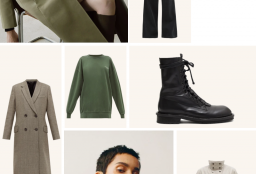



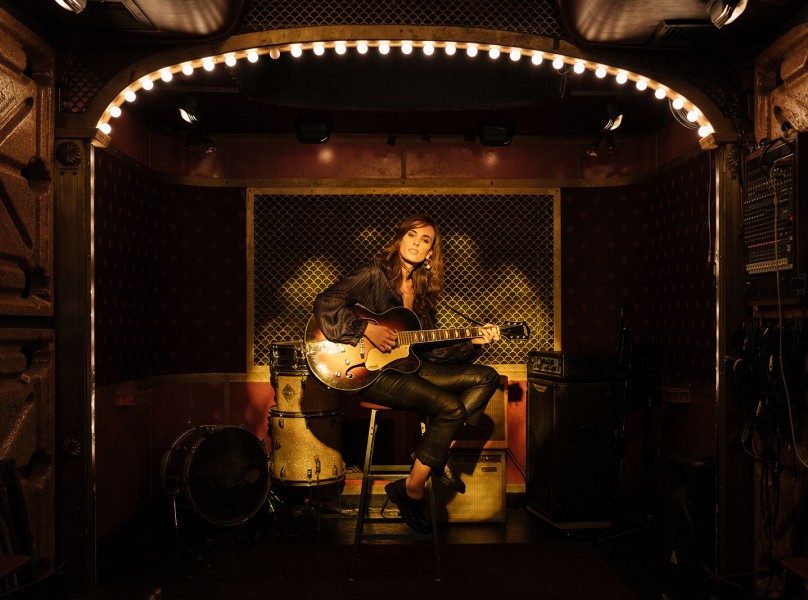







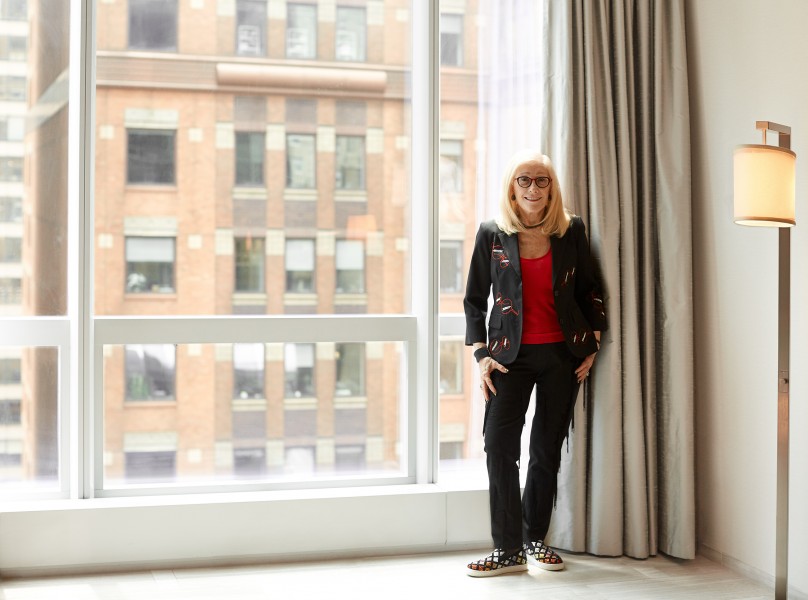


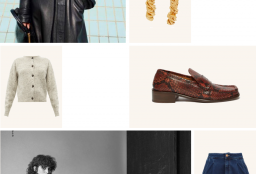


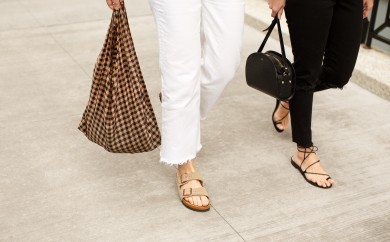
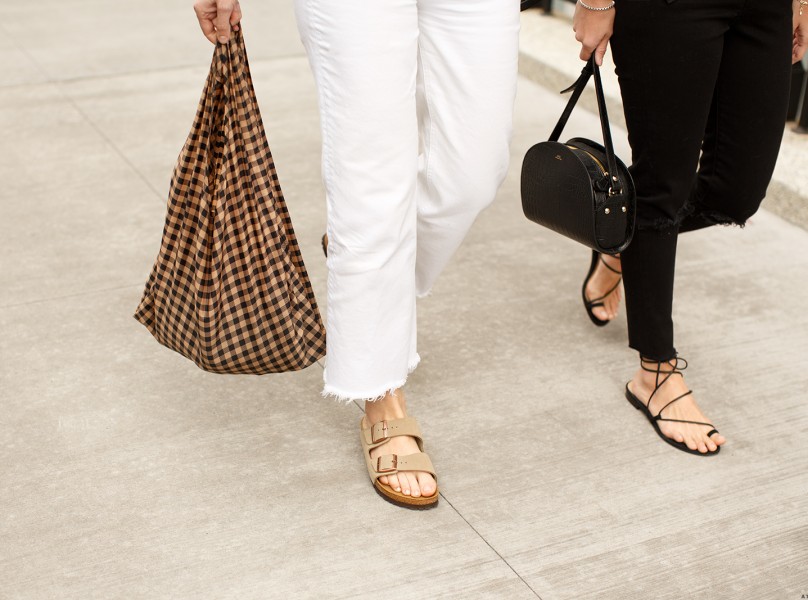
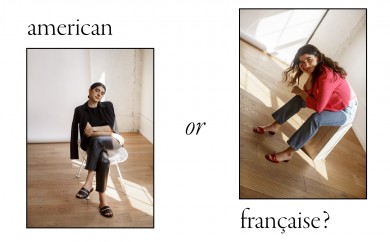
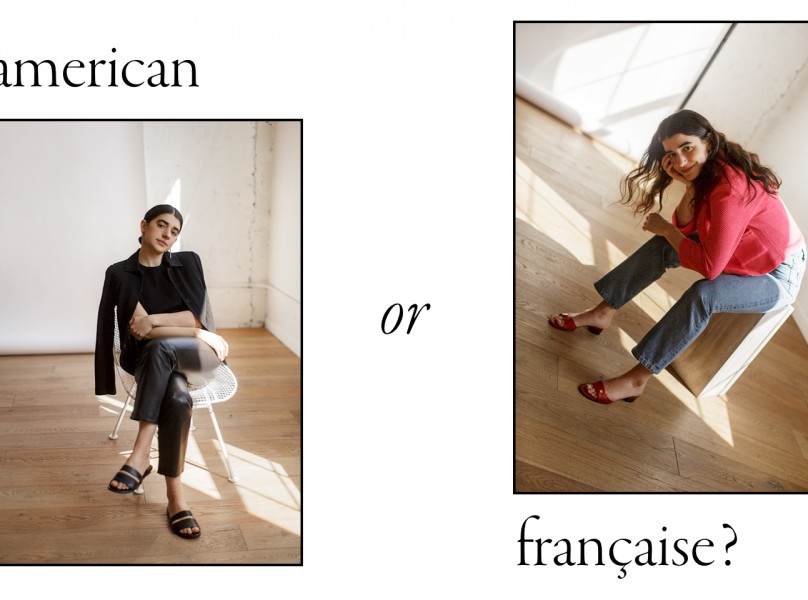
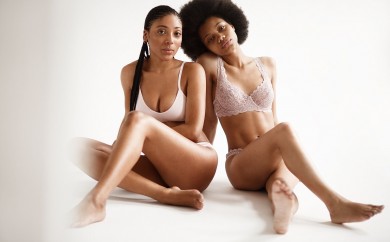
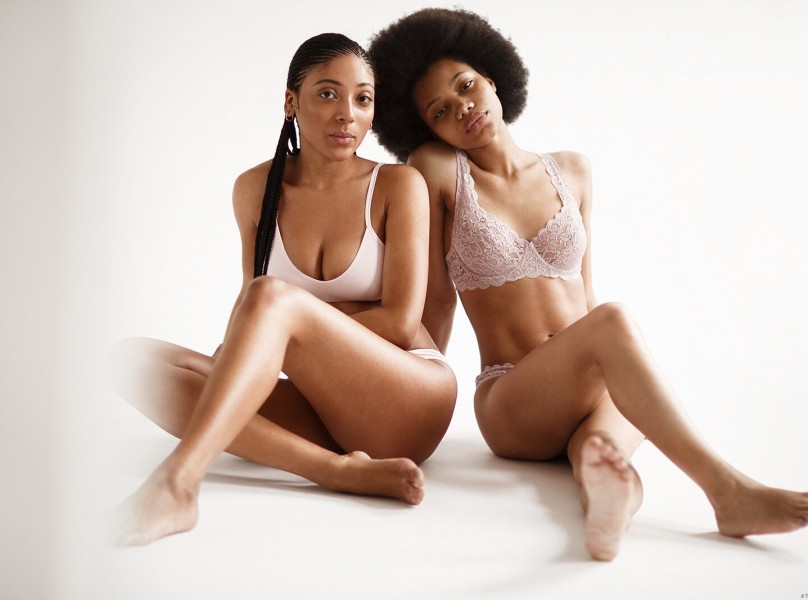
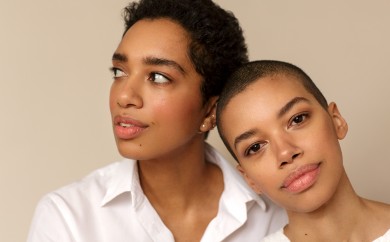
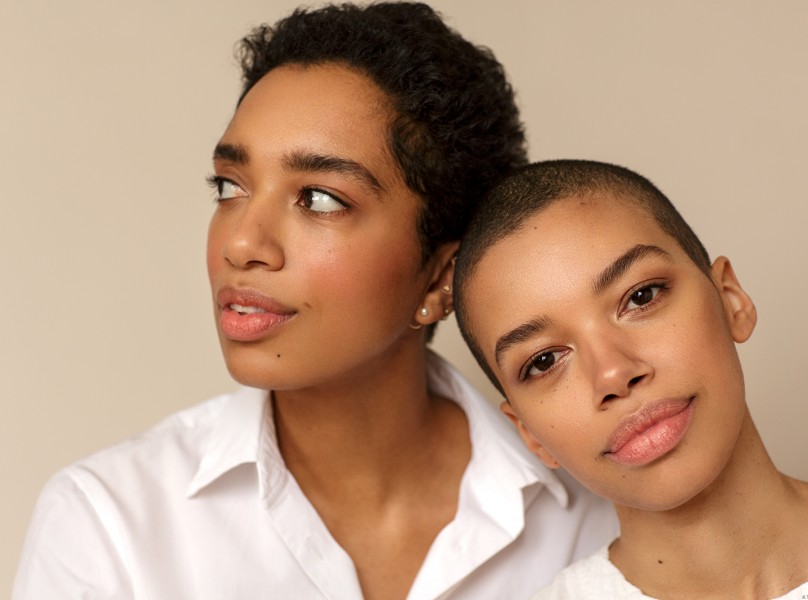

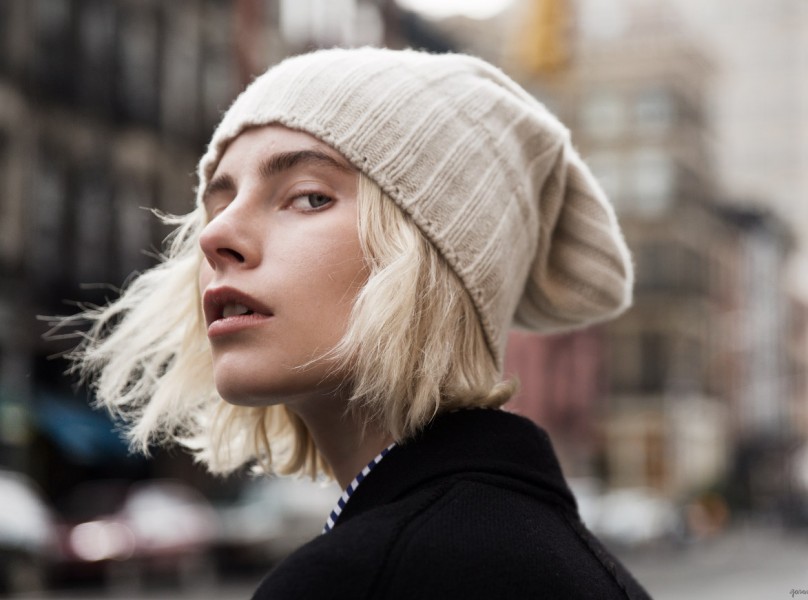
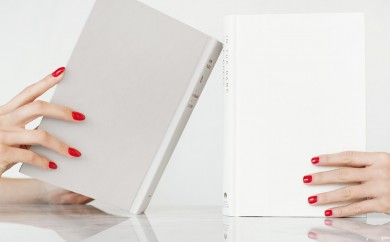
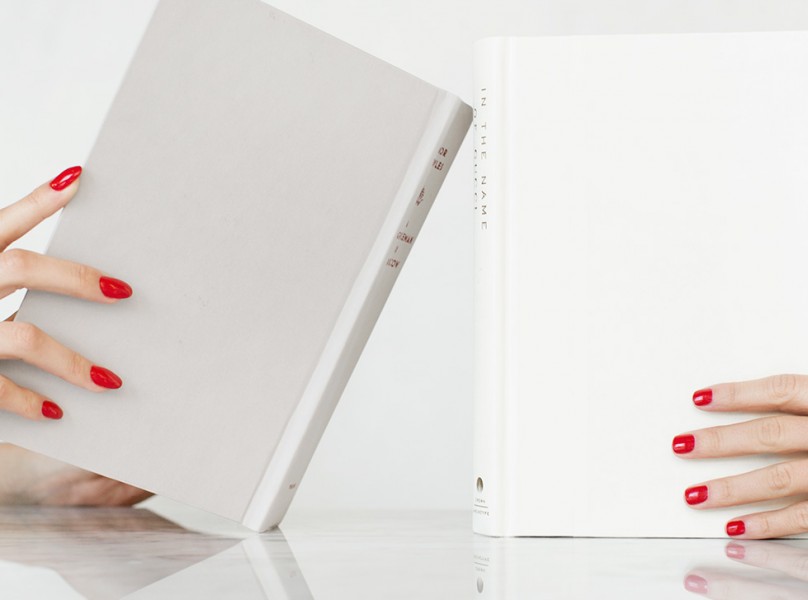
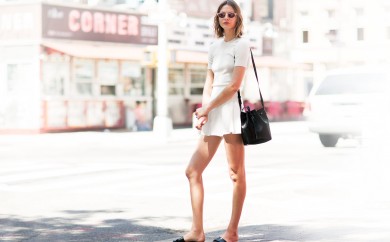
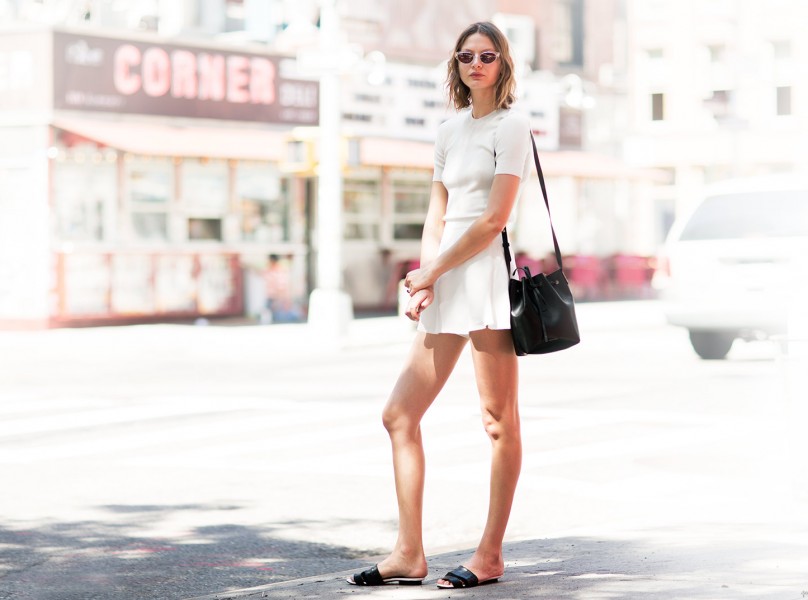
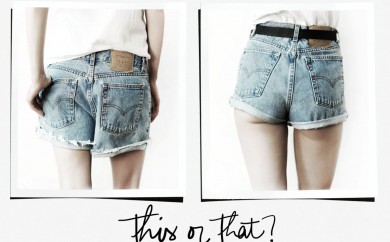
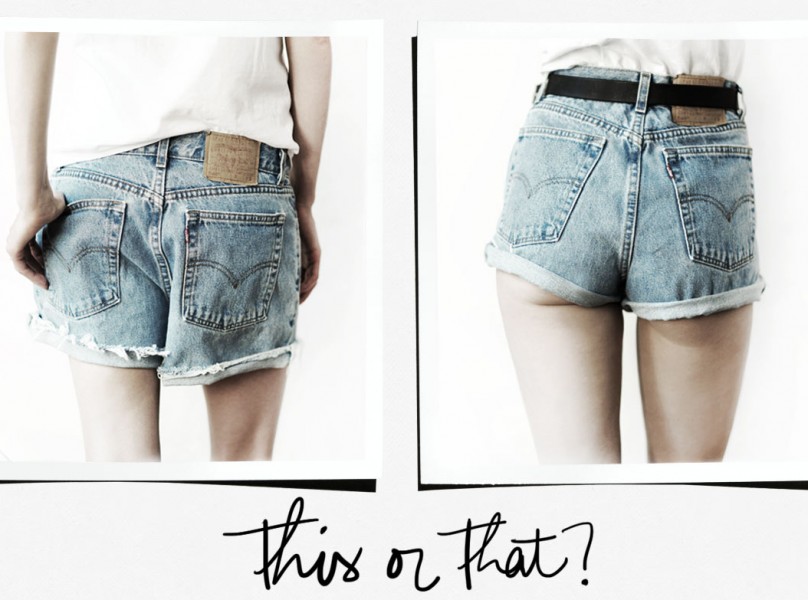
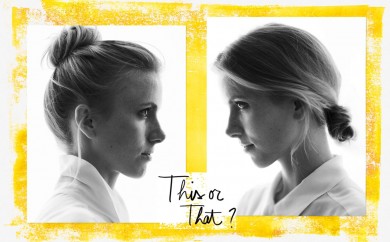
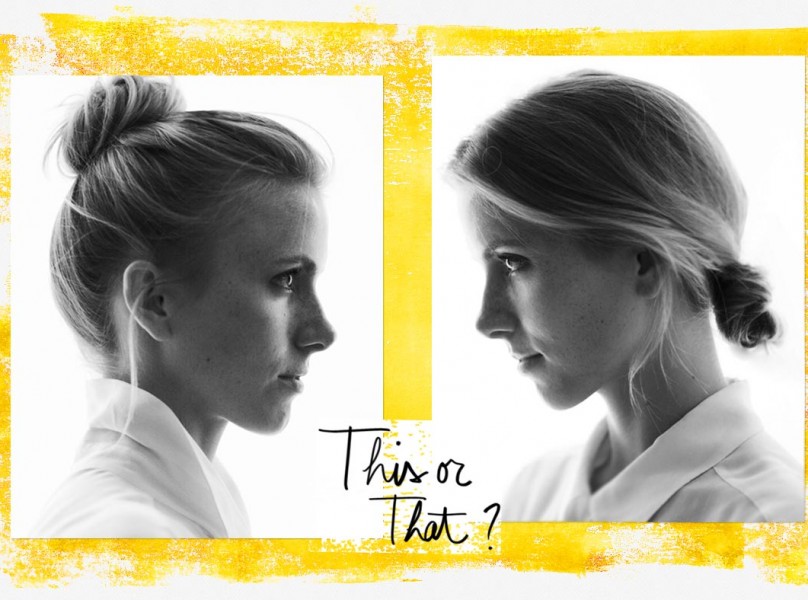

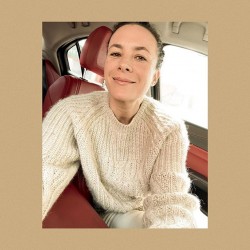

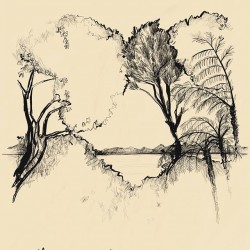
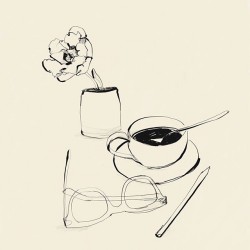
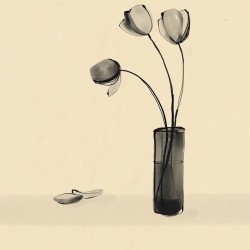
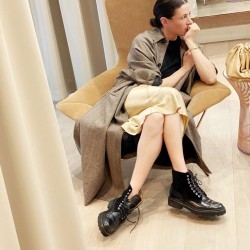
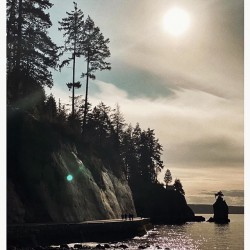
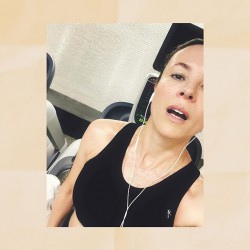
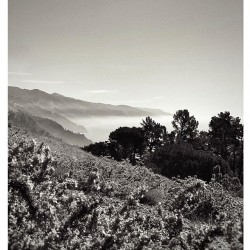
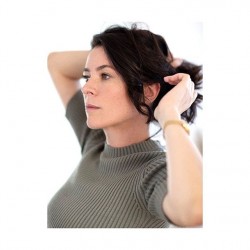
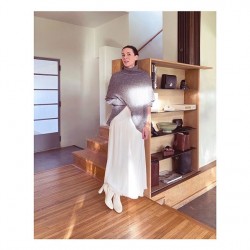
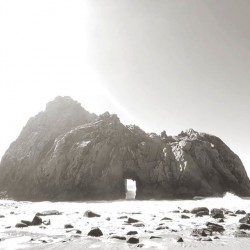
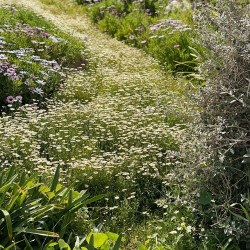
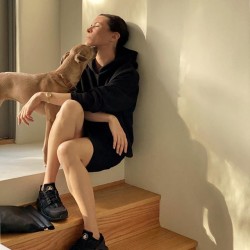
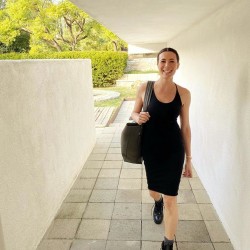
Interview très inspirante. Une approche atypique de la mode, cela me parle réellement.
Very interesting article. I have always been fascinated by fashion (well, we don’t go out naked and it’s such a great way to express oneself) and the story behind clothes. Having lived in Nîmes, I couldn’t believe that Toile de Nîmes (Denim > de Nîmes) was actually sold to the American army to make tents with the fabric and that people started making jeans with them (there are lots of silkworms in the area and the fabric industry took a huge economic part at the time). I also lived in London where I was fascinated by the way people dressed so freely in the mid 90s and spent hours at the Victoria & Albert museum watching very old dresses which belonged to the royal family and Lady Diana as well.
As for myself, I try and dress as comfortable as I can as I work from home but I always make sure to be impeccable even though I wear casual clothes most of the time, with a bit of makeup and nice accessories. I like to keep it simple and quick, having two kids to run after.
PS: you have no idea how much time I spent on eBay looking for something I was obsessed by at the time, so I guess you have interesting stories to tell.
nice post.thanks.